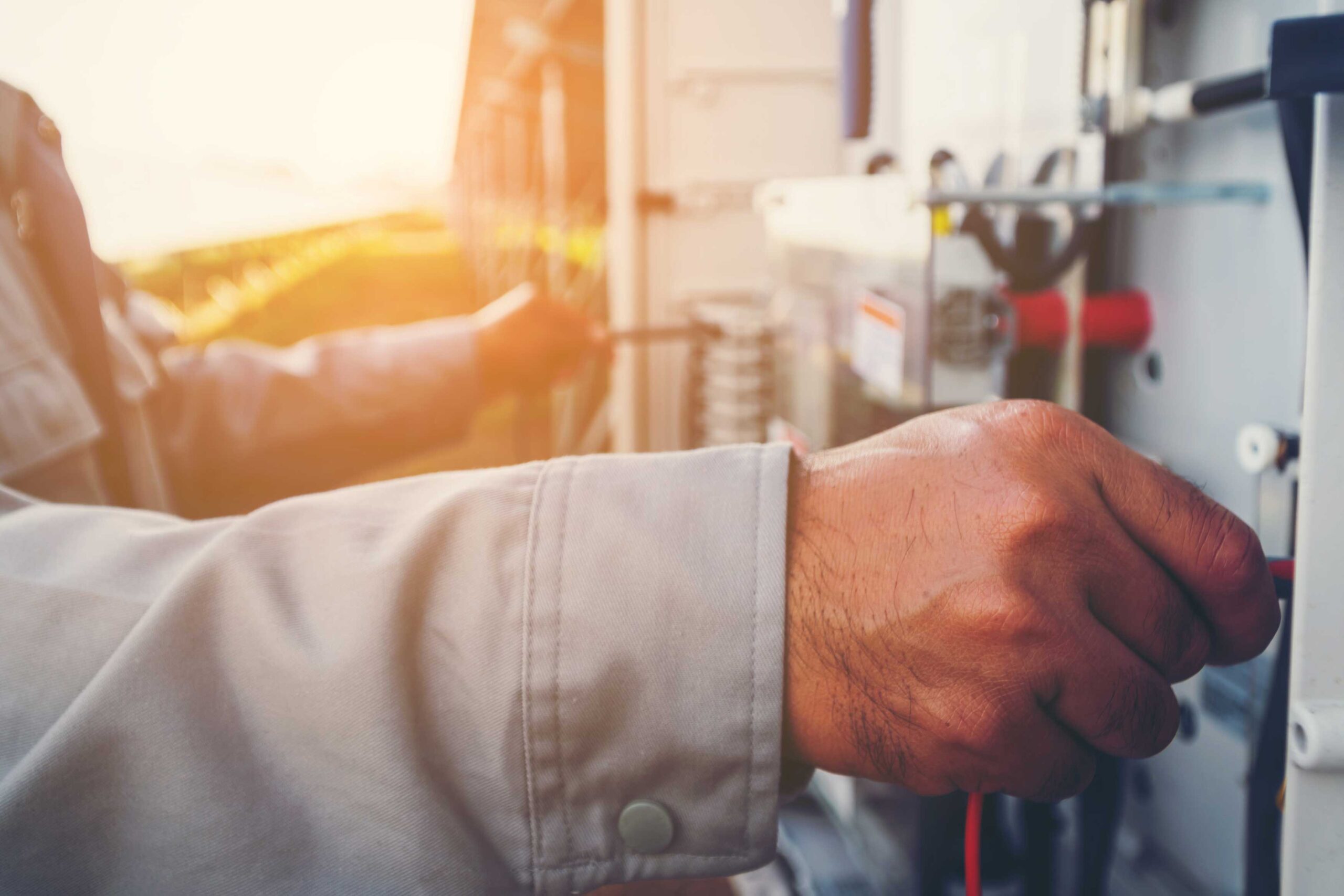In today’s world, where sustainable energy solutions are gaining momentum, the integration of solar power and generators offers a reliable and efficient way to meet our energy needs. This article serves as a comprehensive guide to installing a dual power system that combines solar panels with a generator. By leveraging the benefits of both sources, we can ensure uninterrupted power supply, increased energy independence, and reduced environmental impact.
1. Understanding the Dual Power System:
A dual power system combines solar panels and a generator to provide electricity. Solar panels harness sunlight to generate clean energy during the day, while a generator acts as a backup power source, kicking in when solar energy production is insufficient or during periods of high energy demand.
2. Assessing Power Requirements:
Before installing a dual power system, it’s crucial to evaluate your power requirements. Determine the appliances and equipment you need to power during both normal and peak usage times. This assessment will help you determine the capacity and size of your solar panel array and generator.
3. Solar Panel Installation:
The installation of solar panels follows the standard procedures for any solar power system. Factors to consider include:
a. Roof or Ground Mounting: Decide whether to install solar panels on your roof or on the ground, considering factors such as available space, shading, and convenience of maintenance.
b. Angle and Orientation: Properly position the solar panels to maximize sunlight exposure. Depending on your location, the ideal tilt and orientation may vary.
c. Wiring and Inverter: Connect the solar panels in a series or parallel configuration and wire them to an inverter that converts the DC power produced by the panels into usable AC power.
4. Generator Integration:
To integrate a generator into your dual power system, follow these steps:
a. Generator Selection: Choose a generator that complements your solar system, considering factors such as fuel type, power output, and noise levels.
b. Automatic Transfer Switch (ATS): Install an ATS to seamlessly switch between solar power and generator power based on the availability of solar energy. The ATS ensures a smooth transition and prevents power interruptions.
c. Generator Interconnection: Connect the generator to your electrical system using a transfer switch and appropriate wiring. Ensure that the interconnection is performed by a qualified electrician to adhere to safety regulations.
5. Monitoring and Maintenance:
Regular monitoring and maintenance are essential to keep your dual power system running smoothly. This includes monitoring solar panel performance, maintaining generator fuel levels, and conducting periodic inspections of wiring and electrical components.
Conclusion:
The combination of solar power and generators provides a reliable and versatile energy solution, offering the benefits of renewable energy and backup power. By installing a dual power system, you can enhance your energy independence, reduce reliance on the grid, and minimize your environmental footprint. Proper installation, sizing, and maintenance are essential to ensure seamless operation and maximize the benefits of both solar and generator power. Embrace this dual power approach and enjoy a sustainable and resilient energy system for your home or business.





